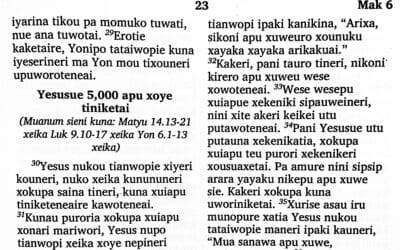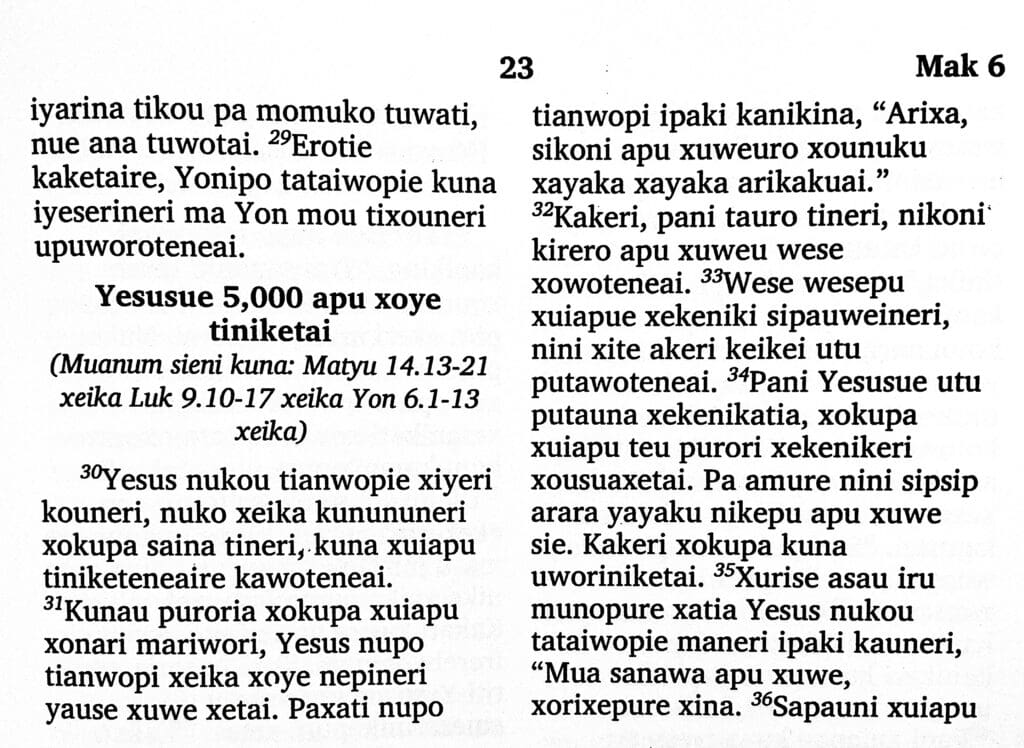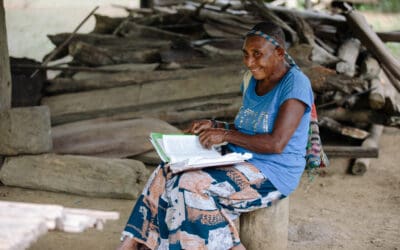Koinonia. Variations of this Greek word occur throughout the New Testament. It translates into our English Scriptures as community, communion, joint participation, sharing, intimacy, and other related terms.
But what does koinonia look like? How does it develop, and how does it work?
One perspective on koinonia is that it’s like two homeless strangers sitting on the same park bench. One has a bag of Doritos, and he offers some to the other. As they sit munching tortilla chips, they begin to talk. After a while, the second stranger, wanting to express his gratitude, pulls a half-eaten sandwich out of his coat pocket and shares it with the first. They talk some more. Friendship is birthed and trust begins to form. This is koinonia.
The apostle Paul used the term koinonia to describe the relationship he had with the Philippian church. In Philippians 4:15 he said that “no church entered into partnership (koinonia) with me in giving and receiving, except you only.” The essence of koinonia is sharing — giving and receiving.
The sharing started when Paul moved to Philippi, sat down on their park bench and, figuratively speaking, shared his Doritos — the Gospel (Acts 16:13-14). At times one gave and the other received, as when Paul taught the church or when they gave gifts to him (Philippians 4:16). Sometimes the sharing was reciprocal, as when they prayed for each other (Philippians 1:3,19). At other times they experienced or received things together, such as grace from Christ or similar suffering (Philippians 1:7, 29-30). At yet other times they gave together, as in the offering for the believers in Judea (2 Corinthians 8:1-4). Through it all, great mutual love developed.
When Pioneer Bible Translators started working in Madang, Papua New Guinea, other missions and Bible translation agencies were already serving there. Like us, they were Westerners living in a non-Western country. We were like homeless strangers sitting on the same park bench. Although we had differing philosophies and strategies, we all had the same ultimate goal: making disciples for Jesus. Sharing started to happen.
It started small with informal encounters and sharing little things — stories, meals, tips for how to get around, our kids playing together. As trust and respect grew, we began to share on a larger scale. Many of us had guest housing, which we shared. Sometimes our people would stay in their facilities, and sometimes their people would stay in ours. A few agencies had jungle aviation services that they made available to us. We provided services to others, such as use of our copy machine and access to the restroom in our office in downtown Madang. As we shared what we had, friendships grew.
As trust increased, we shared ministry activities. Other agencies opened their training sessions to our missionaries, and we provided staff. We shared translation consultants with each other.
When I talk to colleagues working in other parts of the world, I hear similar stories of sharing — Christian workers from different agencies finding each other, fellowshiping, and meeting each other’s needs. What they share varies from place to place, but each shares what they have. They obey Christ’s command to love one another and live the unity that He prayed for (John 15:17; 17:21-23).
This is what koinonia is like, and it all starts with sitting on a park bench and sharing a bag of Doritos.
Scripture is from the English Standard Version Bible. Crossway Bibles, 2001.









